Click【blue text】 to follow us
The technology of ultrasound imaging diagnosis has developed for more than half a century in China. With the continuous improvement of electronic information technology and computer imaging technology, ultrasound diagnostic equipment has undergone several revolutionary developments, evolving from analog signals/black-and-white ultrasound/harmonic imaging/manual recognition to digital signals/color ultrasound/elastography/artificial intelligence. The new functions and applications continue to expand, leading to significant innovation and breakthroughs in ultrasound imaging diagnostic equipment, which drives a huge demand in the healthcare industry.
Basic Classification of Common Ultrasound Imaging Diagnostic Equipment
Ultrasound imaging diagnostic equipment is a clinical diagnostic device developed based on the principles of ultrasound. Due to its relatively low cost compared to large medical devices such as CT and MRI, as well as its advantages of being non-invasive and real-time, its clinical application range is increasingly broad. Currently, ultrasound examinations are roughly divided into A-mode ultrasound (one-dimensional ultrasound), B-mode ultrasound (two-dimensional ultrasound), three-dimensional ultrasound, and four-dimensional ultrasound.
The B ultrasound that people usually refer to actually refers to black-and-white two-dimensional B ultrasound, which captures images in black and white two-dimensional planes, while color ultrasound overlays the collected blood flow signals on a two-dimensional image in real-time after color coding by a computer, forming a color Doppler ultrasound blood flow image.
Three-dimensional ultrasound diagnosis is based on color Doppler ultrasound diagnostic instruments, equipped with data acquisition devices, and uses three-dimensional software for image reconstruction, thus forming medical devices capable of displaying three-dimensional imaging functions, allowing for a more three-dimensional display of human organs and a more intuitive discovery of lesions. Four-dimensional color ultrasound adds a fourth dimension of time vector (inter-dimensional parameters) to three-dimensional color ultrasound.
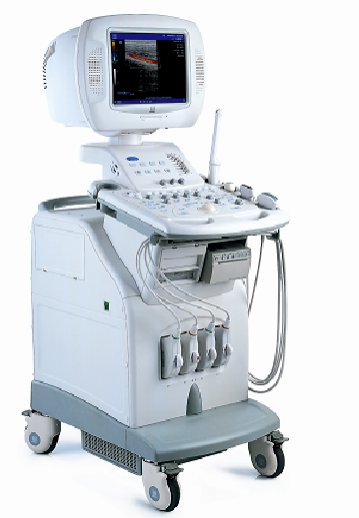
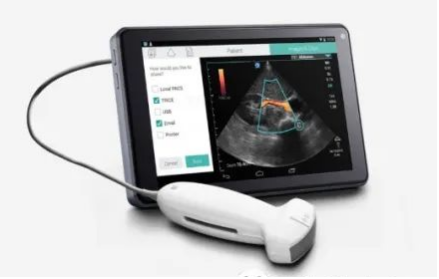
Types and Applications of Ultrasound Probes
In the process of ultrasound imaging diagnosis, the ultrasound probe is an important component of the ultrasound diagnostic equipment, serving as the device that emits and receives ultrasound waves during the detection and diagnosis process. The performance of the probe directly affects the characteristics of the ultrasound waves and the detection performance, making the probe particularly important in ultrasound imaging diagnosis.
Some common probes in ultrasound probes mainly include: single crystal convex array probe, phased array probe, linear array probe, volume probe, intravascular probe.
1. Single Crystal Convex Array Probe
The ultrasound image is the product of the close integration of the probe and the system platform, thus, on the same machine, both software and hardware need to meet the requirements of the single crystal probe.
The single crystal convex array probe uses single crystal probe materials, and the probe surface is convex, with a small contact surface, and the imaging field is fan-shaped. It is widely used, often applied to relatively deep organs such as the abdomen, obstetrics, and lungs.
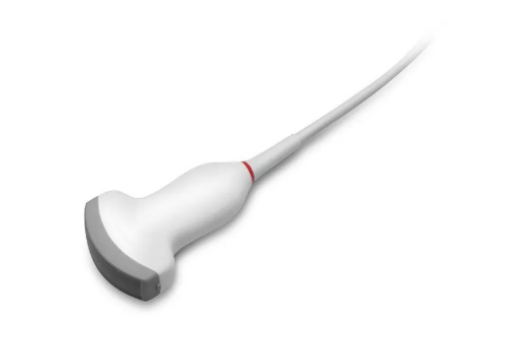
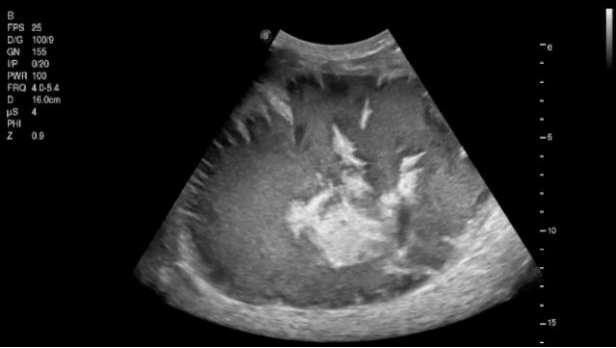
2. Phased Array Probe
The probe surface is flat, with a small contact surface, the near-field view is minimal, and the far-field view is large, with a fan-shaped imaging field, suitable for the heart.
Cardiac probes are usually classified according to the application population into three categories: (1) Adult cardiac positions are deepest, with a slow pulse rate; (2) Newborn cardiac positions are relatively shallow, with the fastest pulse rate; (3) Children’s cardiac conditions are between those of newborns and adults.
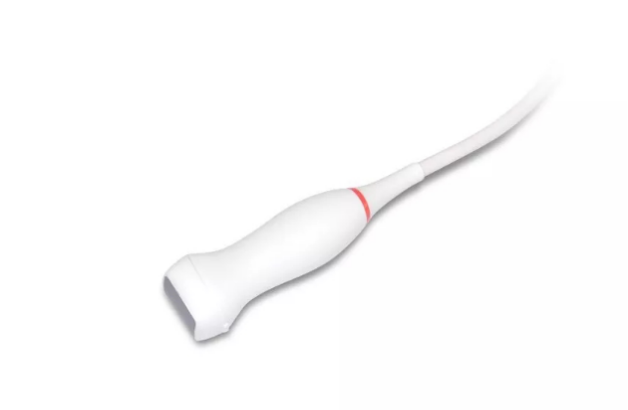
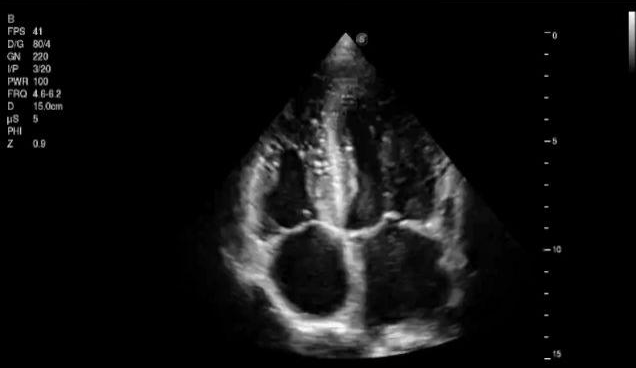
3. Linear Array Probe
The probe surface is flat, with a large contact surface, the imaging field is rectangular, imaging resolution is high, and penetration is relatively low, suitable for examinations of superficial blood vessels, small organs, and muscles.
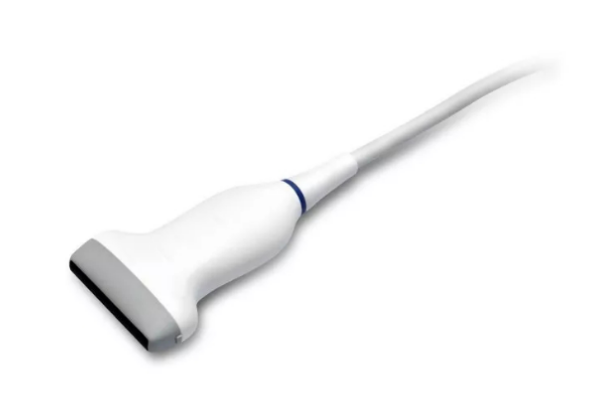
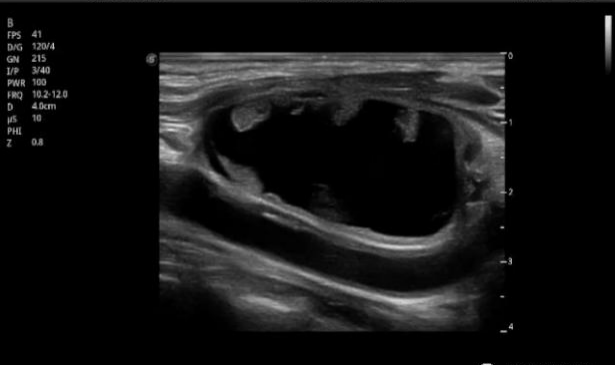
Thyroid examination
4. Volume Probe
The volume probe is based on the two-dimensional image, continuously collecting spatial distribution positions, and through computer reconstruction algorithms, obtains a complete spatial morphology. It is suitable for: fetal face, spine, and limbs, etc.
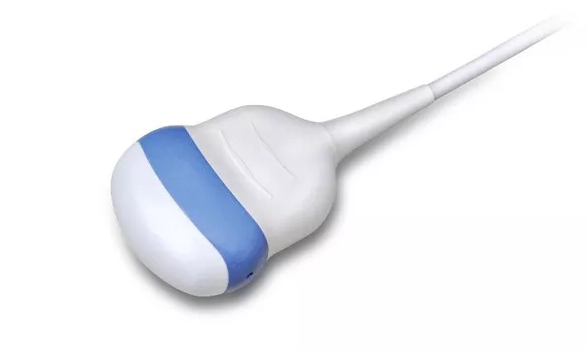
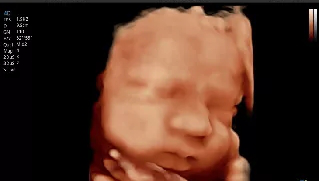
Fetal examination
5. Intra-cavity Probe
The intra-cavity probe features high frequency and high image resolution, does not require bladder filling, and closely adheres to the examined area, placing pelvic organs in the near-field area of the sound beam, resulting in clearer images.
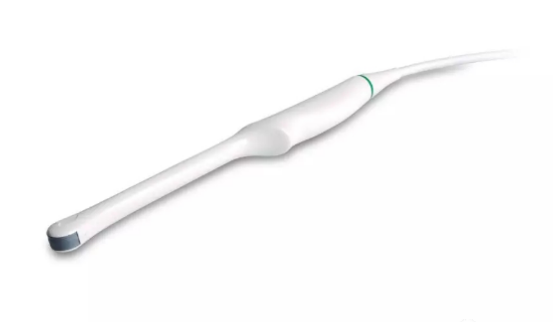
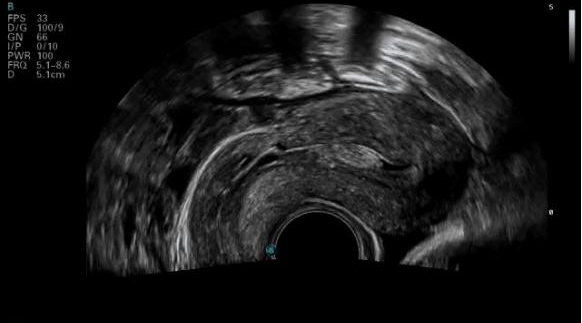
Intra-cavity organ examination
Calibration and Verification of Ultrasound Imaging Diagnostic Equipment
Ultrasound imaging examinations play a significant role in clinical diagnosis, and the quality of their performance is closely related to the accuracy of diagnosis results. Therefore, medical ultrasound diagnostic instruments are classified as mandatory calibration medical measuring instruments under the national Measurement Law. Only through strict professional medical measurement testing can we ensure the safe use and accurate diagnosis by medical personnel.
Currently, the metrology of ultrasound diagnostic instruments in China mainly relies on: Verification Procedure JJG639-1998 “Ultrasound Sources for Medical Ultrasound Diagnostic Instruments”. This clearly defines the standard instruments used for metrology testing of ultrasound diagnostic instruments and the various technical parameter indicators involved in the detection process. Additionally, in July 2022, the State Administration for Market Regulation issued Announcement No. 22 of 2022, approving the implementation of the national metrology technical specification for “Ultrasound Power Measurement Instrument Calibration System”, revising and releasing JJG2050—2022 “Ultrasound Power Measurement Instrument Calibration System” (replacing JJG2050—1990). The revision and release of this calibration system will better standardize the metrological performance of medical ultrasound equipment, providing the foundational support for accurate measurement of acoustic power and serving the medical ultrasound industry.

Compiled by: Shi Senzhong, Huang Jing, Nie Rui
Reviewed by: Zhang Hehua
Chongqing Medical Association Medical Engineering Branch

Give it a【 look 】, you look best